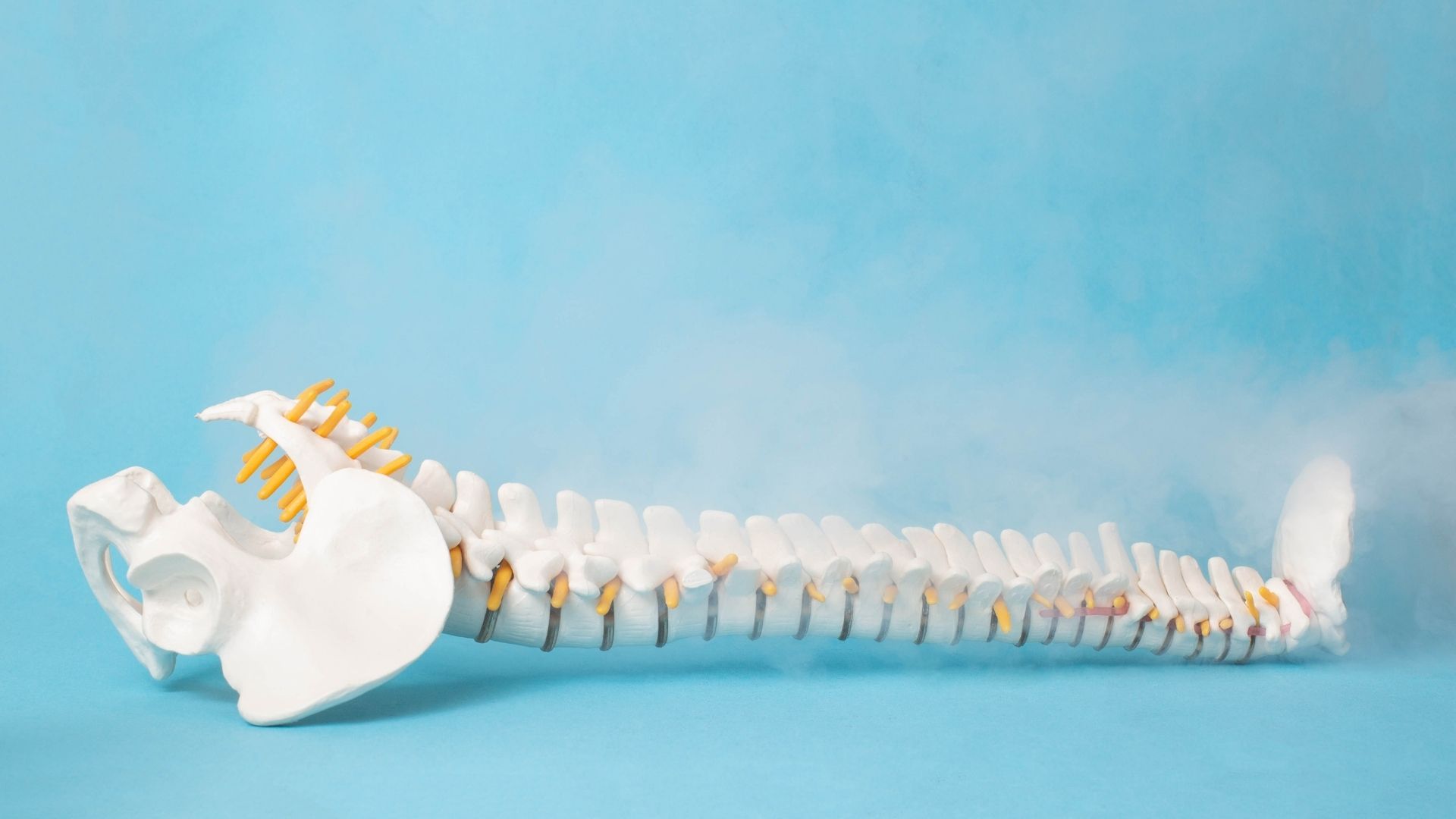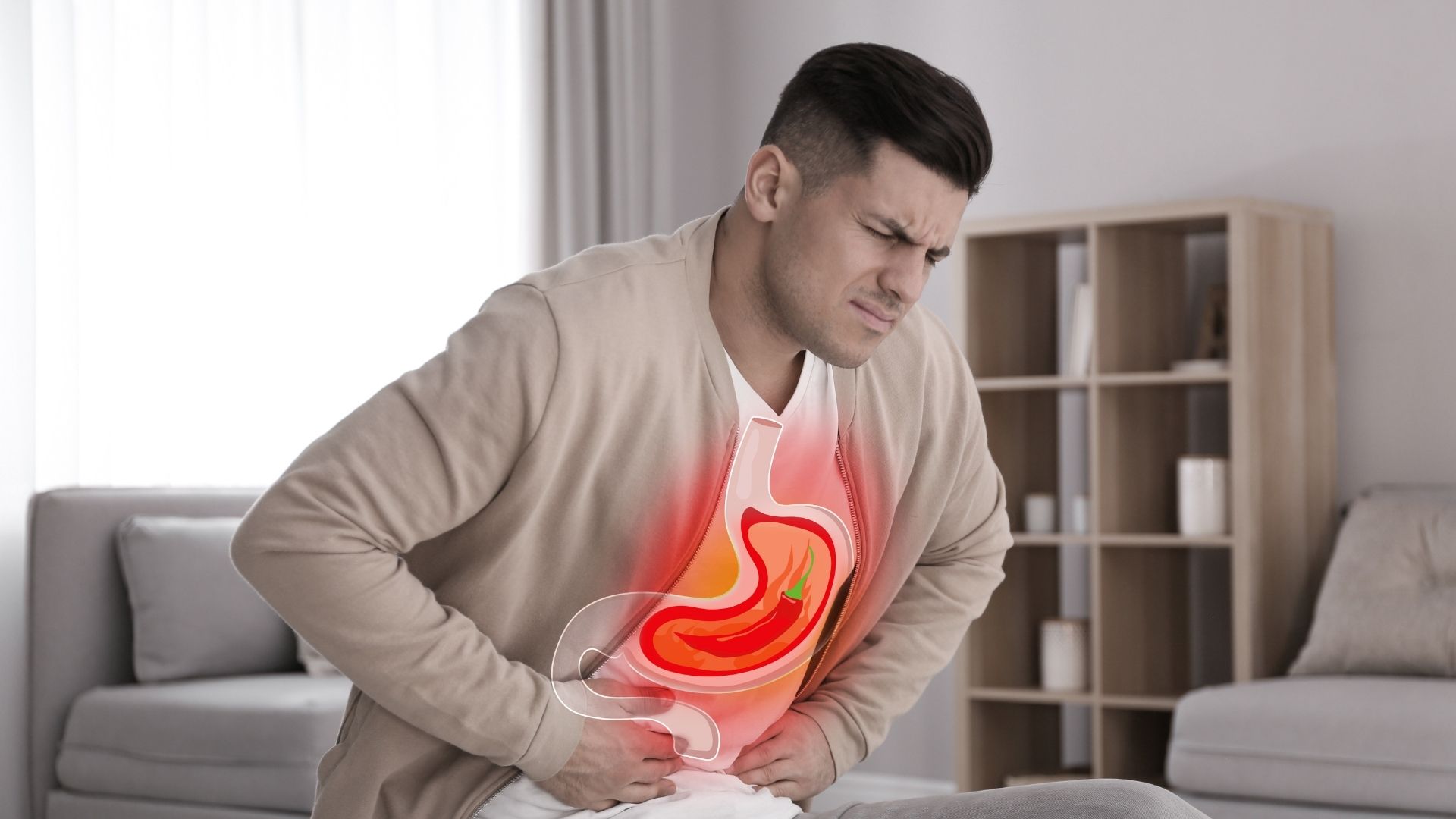Asthma in Children: What it is, Symptoms, Diagnosis and Treatment
Asthma in children is a respiratory disease characterized by swelling and narrowing of the walls of the airways in the lungs. The condition is caused by a complex interaction of genetic and environmental factors. At the heart of asthma are the airways in the lungs, which are lined with flexible tissues. These airways are surrounded by bands of muscle and branch and narrow inside the lungs.
The airways form a pathway for air into the lungs. When you breathe in, air passes through these airways to reach the lungs. When you exhale, it moves out through the airways and out of the lungs. Normally, the airways produce a secretion called mucus, which traps foreign particles that need to be removed from the lungs. Cilia, small hair-like structures, carry this mucus out of the lungs. But in people with asthma, the walls of the airways thicken, the muscles around them contract and produce excess mucus, making breathing difficult.
What are the Symptoms of Asthma?
Symptoms of asthma in children can vary depending on the age of the child and the severity of the disease. The most common symptoms may be:
Frequent Coughing: Asthma can cause frequent coughing in children, especially during play, at night or when laughing.
Shortness of breath and air hunger: Children with asthma may feel short of breath or hungry for air. Their breathing may become difficult.
Rapid Breathing at Rest: When asthma symptoms are severe, children may breathe rapidly at rest.
Wheezing or Whistling: During an asthma attack, wheezing or whistling sounds may be heard as the airways narrow.
Chest tightness or pain: Children may experience chest tightness or pain.
Pulling between the ribs during breathing: Children with breathing difficulties may experience pulling between the ribs.
Less Energy and Feeling Weak: Asthma symptoms can lead to a feeling of low energy and weakness in children.
Asthma can sometimes be difficult to diagnose, especially in infants and young children. But in older children, doctors can usually diagnose the disease based on medical history, symptoms and the results of a physical examination.
What are the Diagnostic Methods for Asthma?
The following methods can be used to diagnose asthma:
Medical History: The doctor will review your child’s history to assess asthma risk factors and symptoms. Information about family history, allergies and other breathing problems will be obtained.
Physical Examination: The doctor will perform a physical examination by listening to your child’s lungs and heart.
Pulmonary Function Tests: These tests measure the amount of air in the lungs and the volume of air in breathing. However, these tests may not be performed in children younger than 5 years.
Chest X-ray: In some cases, a chest X-ray may be used to assess your child’s asthma status.
Trigger Tests: Tests such as skin prick tests, blood tests, exhaled nitric oxide (eNO) testing and radiologic examinations may be ordered to identify specific factors that trigger your child’s asthma attack.
What are the Treatment Methods for Asthma?
Asthma treatment is determined depending on the severity and frequency of your child’s symptoms. The treatment plan includes when and how your child should take their asthma medicines. It also includes what to do if asthma worsens. Here are some of the ways to treat asthma:
Bronchodilators: These medicines dilate the airways, making breathing easier and quickly relieving asthma symptoms.
Control Medicines: These medicines are used to prevent asthma symptoms and dilate the airways for a long time. They are usually taken daily.
Asthma Education: It is important that your child and family are educated about managing asthma. Identifying asthma triggers and learning how to control symptoms can help.
Environmental Control: Reducing asthma triggers in the home (e.g. pet dander, dust mites) can help keep asthma symptoms under control.
Emergency Plan: Create a plan for what to do in case of an emergency. Knowing how to act during an asthma attack is vital.
Asthma in children is a disease caused by narrowing of the airways. Symptoms may include coughing, shortness of breath, wheezing and chest tightness. The diagnosis is based on medical history, physical examination and breathing tests.
The treatment plan includes medicines, asthma education and environmental control methods to help manage the child’s symptoms. Children with asthma and their families can keep symptoms under control by cooperating with their doctor.



